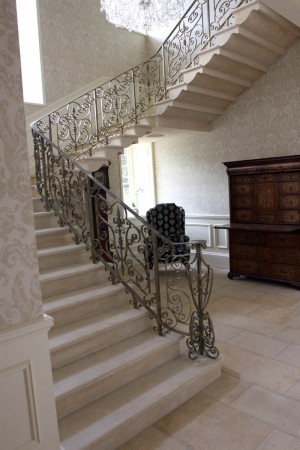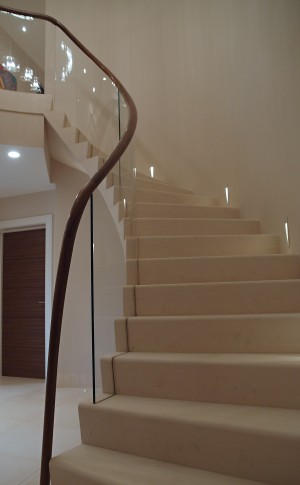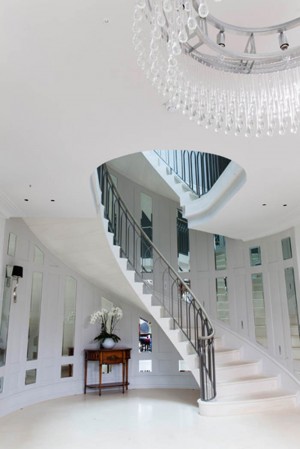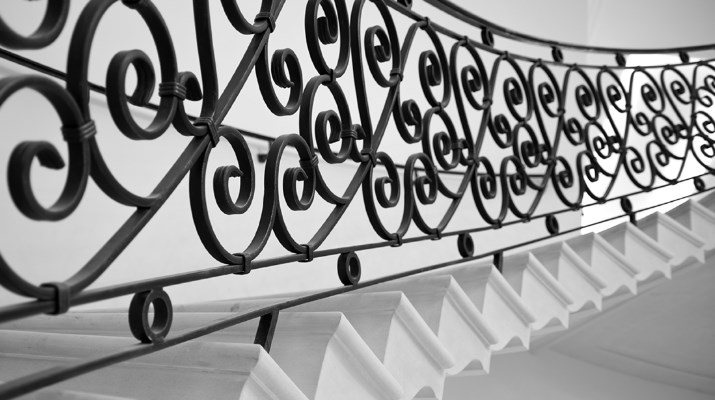Stone staircases offer so much potential in both their application and beauty, yet so often are misunderstood, overlooked or not even considered at design stage. So in our relentless quest to promote virtues of the solid stone “Cantilever” staircase, I felt it only right to convey some of the unique properties of these glorious staircases, and dispel a few myths at the same time.
What Is A Cantilever Staircase?
Firstly, and yes it’s a big one… they don’t actually cantilever at all! It’s a generic terminology which I’m sure caught on because they really do look like they are cantilevered out from the wall. Other descriptive terms for this type of staircase include “hanging stair” & “pencheck stair”. So now we’ve got that out of the way, you’ll understand that you don’t need an almighty supporting wall with the stone buried 1 metre+ into it. A standard block or brick wall is often all that is needed to do the job.
Why Choose Solid Stone Cantilever Staircases?
They are made from natural stone – recognised as one of the greenest building materials due to the minimal amount of energy used to extract and process. Ours are solid stone staircases—no veneer or cladding here—with each tread an individual chunk of solid stone that requires no further support than the adjacent wall at one side. As each tread is solid stone, that’s what you see wherever you view the staircase from – top, side, underneath, lying down! You get the idea…
There’s no soffit to paint or structure to hide under the stair – the stone does the talking. The staircase is made from individual treads, meaning there are generally no access issues when getting the finished pieces into position. The construction can happen at any time during the project duration with the separate treads transported into the building on a piece-by-piece basis.
Traditional & Modern Cantilevered Stairs
Whilst cantilever staircases are based on a very traditional principal (the idea was bought to this country in the 1640’s from Italy) and they are often very classical in their style, they can also be made to contemporary designs giving complete harmony in any type of design environment. As each tread is carved from an individual block of stone, the profile and shaping opportunities of the tread are almost limitless.


Of all the possible tread profiles, it is the smooth underside stair that gives the most slender section. In fact, we believe that no other type of stair construction method or material used can achieve this impossible looking profile — often as little as 30–40mm at the narrowest point.

This slender profile when utilised also means a particularly lightweight staircase compared to concrete and thus imparting far less load into the building.
Engineering Cantilevered Stairs
Despite their proven success over hundreds of years, these types of stairs have been notoriously difficult to justify with engineering calculations. This has now changed – over the last 20-30 years much work has gone into looking at these stairs from an engineering point of view. Tests and analysis now mean that these projects can be designed and engineered from the onset, giving absolute assurance to their structural integrity and satisfying Building Control requirements.
I’ve always said that these stairs speak for themselves. However I’m hoping the addition of this information will encourage those looking for an amazing staircase to consider the benefits of a solid stone staircase.
Click here to find out more about our bespoke cantilever staircase services.

